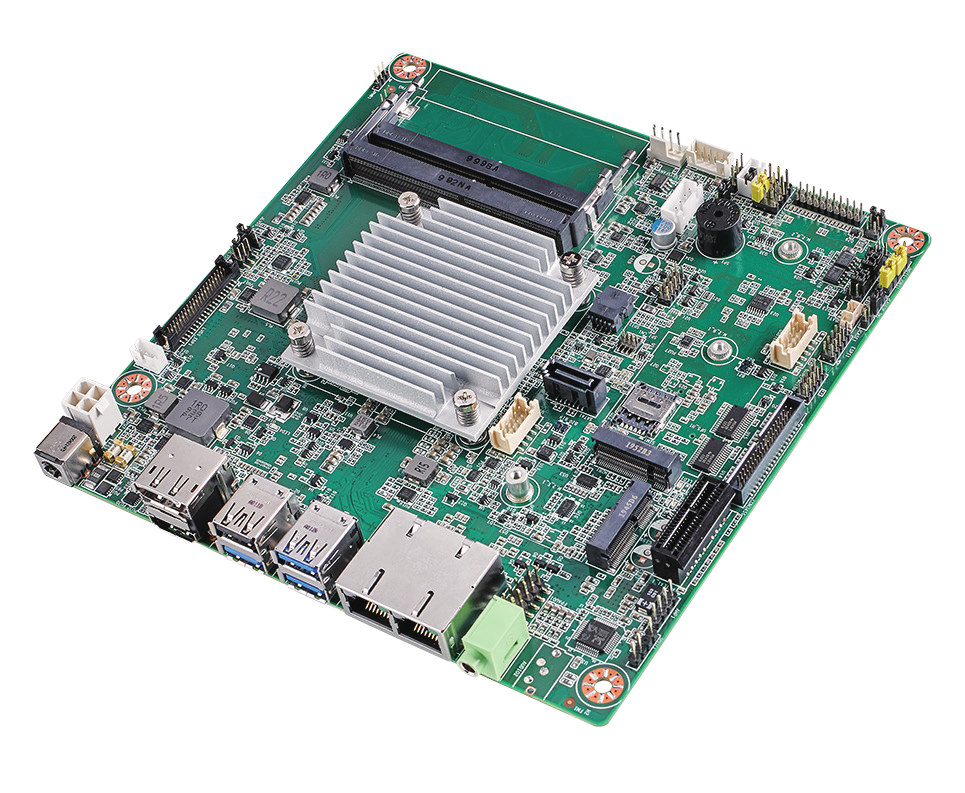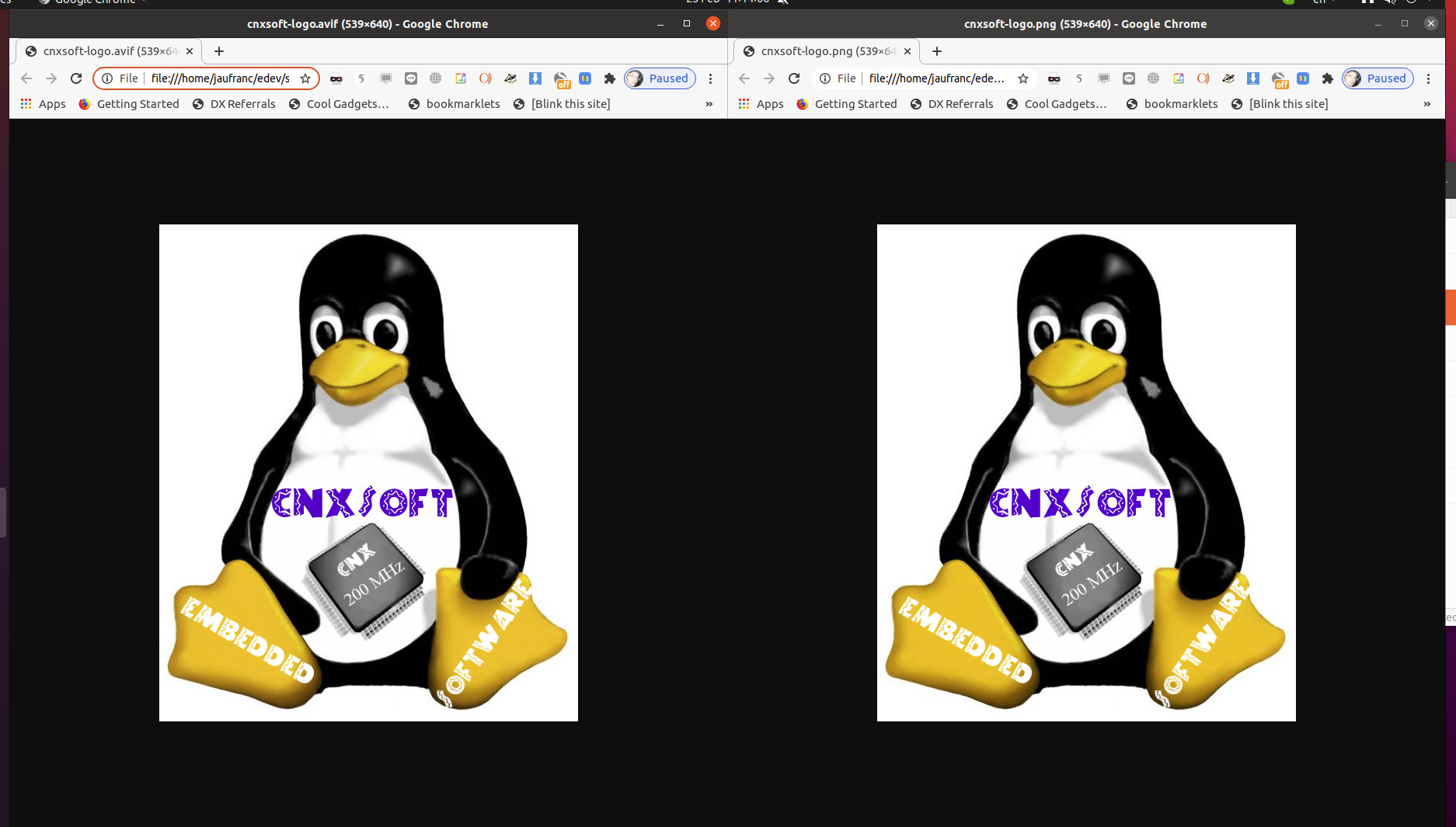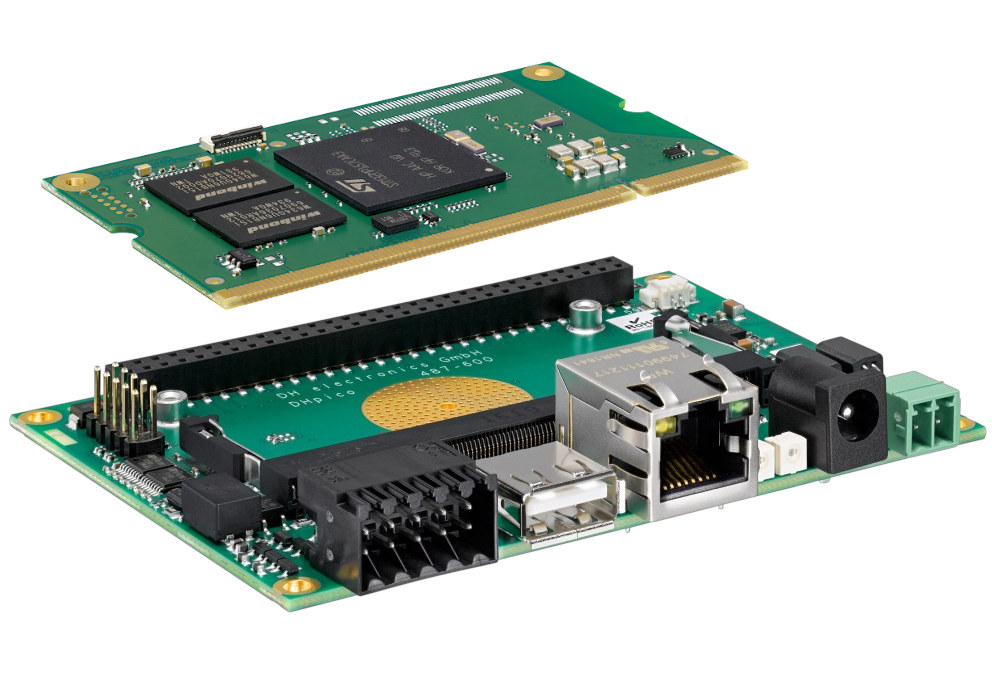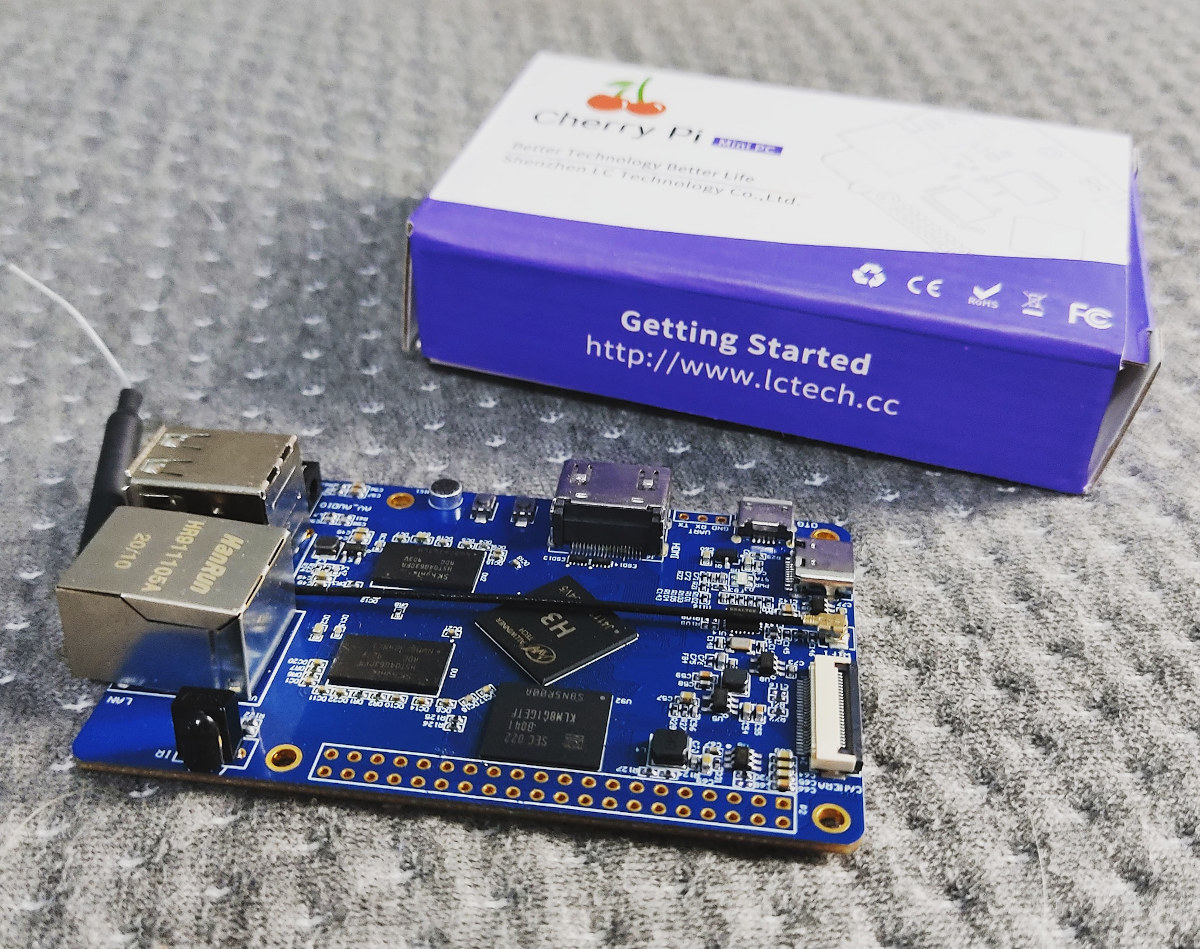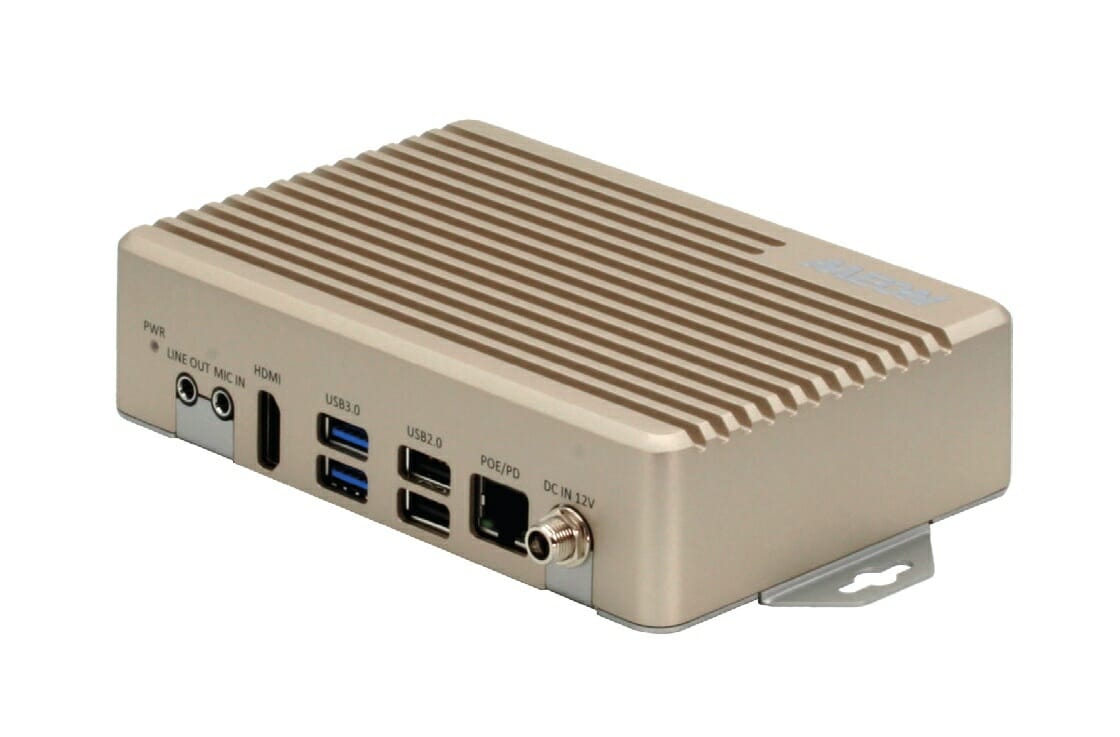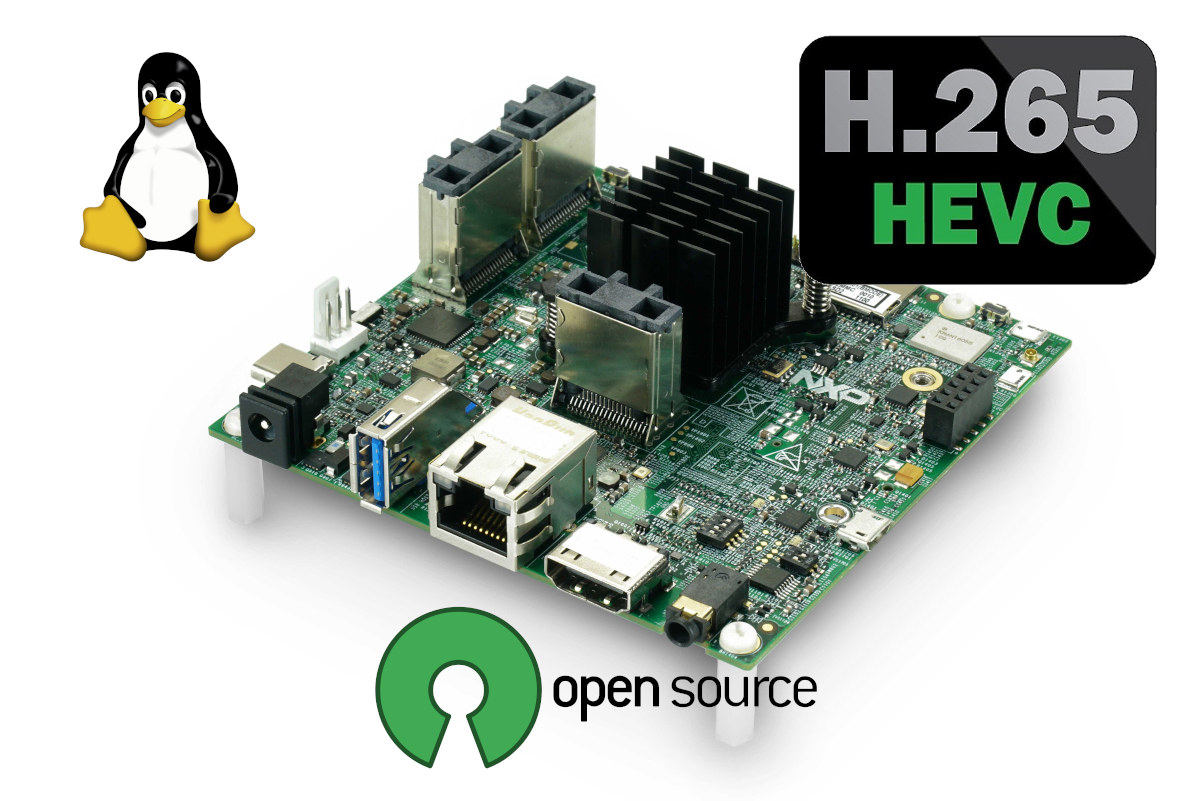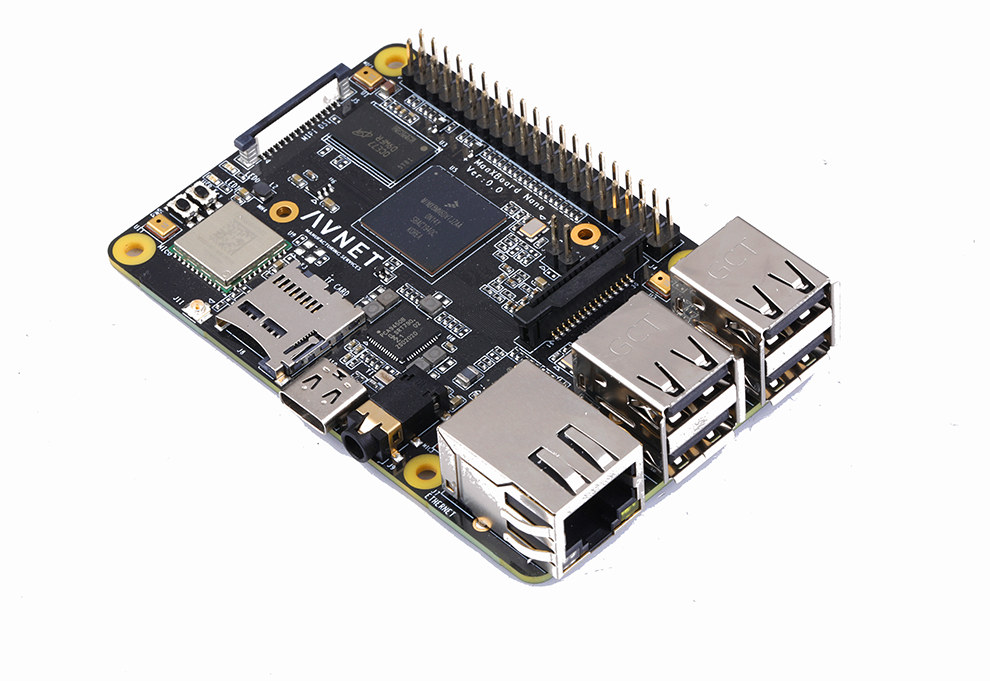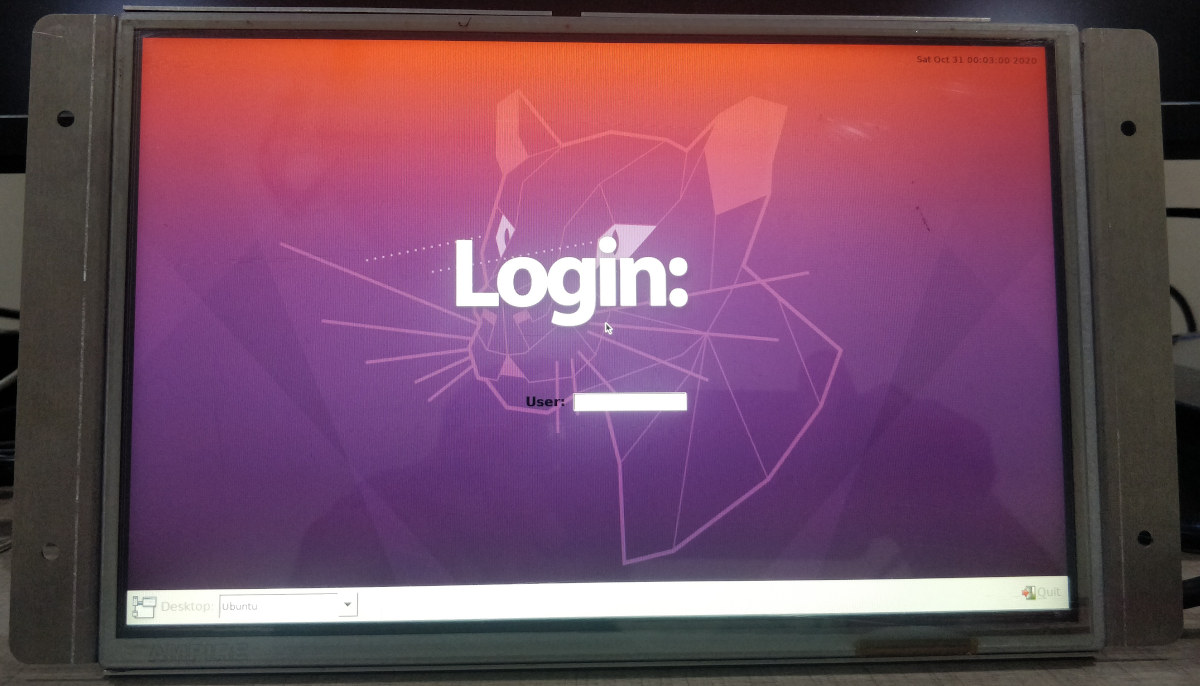We’ve seen a fair amount of Intel Elkhart Lake platforms including modules, 3.5-inch SBCs, Pico-ITX boards, and embedded mini PCs, but so far, I had not noticed any Elkhart Lake mini-ITX motherboard. Advantech AIMB-218 motherboard offers a choice of low-power Atom, Celeron and Pentium Elkhart Processor, and thanks to the larger form factor plenty of I/Os including four display interfaces (DP++/HDMI/eDP/LVDS) supporting up to three display, eight USB port, six serial COM port, and dual Gigabit Ethernet. Advantech AIMB-218 specifications: SoC (one or the other) – Intel Atom x6413E quad-core processor @ 1.50 GHz / 3.0 GHz (Turbo) with 16EU Intel UHD graphics; 9W TDP Intel Celeron N6211 dual-core processor @ 1.20 GHz / 3.0 GHz with 16EU Intel UHD graphics; 6.5W TDP Intel Celeron J6413 quad-core processor @ 1.80 GHz / 3.0 GHz with 16EU Intel UHD graphics; 10W TDP Intel Pentium J6426 (new part) quad-core 2.0 GHz / […]
Encoding and decoding AVIF pictures with open-source software & libraries
One of the new features of Android 12 is support for the AVIF file format that provides much smaller files at the same level of quality. Jake Archibald has done a great job comparing AVIF format to JPEG, WebP, and other still picture formats, and the results are really impressive. Besides Android 12, AVIF is already supported in Chrome browser, will be enabled by default in Firefox 86, but here’s we’ll look at some of the open-source programs and libraries that allow you to manipulate AVIF pictures. With libavif library, AOMedia has published a reference implementation in C, together with avifenc and avifdec tools, that rely on various codecs, but it appears rav1e is recommended for encoding AVIF picture, while dav1d is the best choice for AVIF decoding. libavif will not automatically build the codec, and they need to be enabled in CMakeLists.txt
|
1 2 3 4 5 |
option(AVIF_CODEC_AOM "Use the AOM codec for encoding/decoding (see AVIF_CODEC_AOM_DECODE/AVIF_CODEC_AOM_ENCODE)" OFF) option(AVIF_CODEC_DAV1D "Use the dav1d codec for decoding" ON) option(AVIF_CODEC_LIBGAV1 "Use the libgav1 codec for decoding" OFF) option(AVIF_CODEC_RAV1E "Use the rav1e codec for encoding" ON) option(AVIF_CODEC_SVT "Use the SVT-AV1 codec for encoding" OFF) |
as well as define the path […]
STM32MP1 Linux SoM fits into Pico-ITX carrier board
DH electronics DHCOM STM32MP1 is an STMicro STM32MP1 Cortex-A7/M4 system-on-module (SoM) following the company’s SO-DIMM-based DHCOM standard, and capable of running Linux with Etnaviv GPU drivers. The SoM is compatible with two DHCOM carrier boards from the company, namely DH PDK (Premium Developer Kit) for development, and DH PicoITX2 Pico-ITX board for direct integration into products. DHCOM STM32MP1 SoM DHCOM STM32MP1 specifications: SoC – STMicro STM32MP15x with up to two Arm Cortex-A7 core up to 650 MHz, one Arm Cortex-M4 up to 209 MHz, Vivante 3D GPU @ up to 533 MHz with OpenGL ES 2.0 support System Memory – 256, 512, or 1024 MB 32-bit DDR3 DRAM Storage 4, 8, or 16 GB eMMC flash 2 MB boot flash 256 bytes EEPROM MicroSD card socket on module Connectivity – WiFi 4 IEEE 802.11 a/b/g/n, 802.11j (hosted mode) with dual band, Bluetooth 5.0 (BR/EDR/BLE), PCB antenna and U.FL antenna connector […]
Cherry Pi PC SBC is an Orange Pi PC clone selling for $16.5 and up
Orange Pi PC is an Allwinner H3 SBC that was launched in 2015 for as little as $15 plus shipping (now $17.42 with 1 GB RAM), and made by a company called Shenzhen Xunlong Software. The next year, the company launched Orange Pi PC Plus with 8GB eMMC flash and WiFI connectivity for $20 (now $25.54). It appears another company named “Shenzhen LC Technology” has designed a board with similar specifications & layout, so not technically a clone, but close enough. Meet Cherry Pi SBC. Cherry Pi PC V7 SBC specifications with highlights in bold or strikethrough showing the differences with Orange Pi PC: SoC – Allwinner H3 quad-core Cortex A7 processor with an Arm Mali-400MP2 GPU System Memory – 512MB or 1GB DDR3 Storage – MicroSD card slot up to 64GB, optional 8GB eMMC flash, Video Output – HDMI 1.4 and AV ports Audio I/O – HDMI, AV port, […]
PoE powered AI Edge computer combines NXP i.MX 8M SoC with Google Edge TPU
AAEON has introduced several BOXER AI edge computers over the years either powered by an NVIDIA Jetson module, a HiSilicon HI3559A Arm SoC, or an Intel processor combined with Movidius Myriad AI accelerator. The latest model, BOXER-8521AI, combines an NXP i.MX 8M SoC with Google Edge TPU AI accelerator, and offers 1GB RAM, USB ports, a 40-pin external I/O connector, and 12V or PoE power inputs. AAEON BOXER-8521AI specifications: SoC – NXP i.MX 8M SoC quad-core Cortex-A53 processor with Cortex-M4F real-time core, 2D/3D GPUs AI Accelerator – Google Edge TPU ML accelerator coprocessor System Memory – 1GB LPDDR4x RAM Storage – 8GB eMMC flash, MicroSD card slot Video Output – 1x HDMI 2.0a port Audio – 1x Mic-in, 1x Line-out, optional 2x MEMS microphones Connectivity Gigabit Ethernet RJ45 port with PoE (802.3at) Optional? WiFi 2×2 MIMO (802.11b/g/n/ac 2.4/5GHz) & Bluetooth 4.1 plus two antennas USB – 2x USB3.2 Gen 1 […]
Open-source H.265/HEVC Hantro G2 decoder driver added to NXP i.MX 8M in Linux
Getting open-source multimedia drivers on Arm Linux is one of the most difficult tasks, that’s why there’s no much talk about open-source GPU drivers for 2D & 3D graphics acceleration, but work on video hardware decoding and encoding is also a challenge. We’ve previously seen Bootlin work on Cedrus open-source driver for Allwinner VPU (Video Processing Unit), but Collabora has been working on open-source drivers for VeriSilicon’s Hantro G1 and G2 VPU found in some Rockchip, NXP, and Microchip processors. The company previously managed to have Hantro G1 open-source driver for JPEG, MPEG-2, VP8, and H.264 codecs, but H.265/HEVC relies on Hantro G2, and the patch for H.265 hardware video decoding on NXP i.MX 8M Quad has just been submitted to mainline Linux. Benjamin Gaignard explains more in his commit message: The IMX8MQ got two VPUs but until now only G1 has been enabled This series aim to add the […]
MaaXBoard Nano SBC targets audio and edge IoT with NXP i.MX 8M Nano SoC
Avnet has launched several Raspberry Pi-inspired MaaXBoard SBCs based on NXP i.MX processors through their Embest subsidiary starting in 2019 with MaaXBoard single board computer powered by an NXP i.MX 8M processor, and following by MaaxBoard Mini with NXP i.NX 8M Mini SoC in 2020. The latest model is MaaXBoard Nano SBC with an NXP i.MX 8M Nano quad-core Cortex-A53 processor best suited to audio and edge IoT applications. MaaxBoard Nano SBC specifications: SoC – NXP i.MX 8M Nano quad-core Arm Arm Cortex-A53 processor @ up to 1.5GHz with Cortex-M7F core @ 750MHz, 2D GPU, 3D GPU, but no video hardware decoding. System Memory -1GB DDR4 SDRAM Storage – 16GB eMMC flash, 256 Mbit QSPI Flash, MicroSD Slot Display Interface – MIPI DSI display Interface Audio – 3.5mm audio jack, 4x built-in microphones Camera I/F – MIPI CSI Camera Interface Networking – Gigabit Ethernet, 802.11 b/g/n/ac WiFi 5, Bluetooth 4.2/5 […]
Engicam PX30.Core SoM & devkit run Ubuntu 20.04 with mainline Linux
Linux 5.11 was released a few days ago, and it’s always interesting to check out the changelog to find new hardware platforms that support mainline Linux. One of those is Engicam PX30.Core SoM based on Rockchip PX30 quad-core Arm Cortex-A35 processor. Engicam also worked with Amarula Solutions to develop an Ubuntu 20.04 image with mainline Linux compatible with EDIMM 2.2 and CTouch 2.0 carrier boards for PX30.Core CPU module. Engicam PX30.Core SoM Specifications: SoC – RockChip PX30 quad-core Arm Cortex-A35 @ 1.2GHz with Mali-G31 MP2 GPU with support for OpenGL ES 1.1, 2.0, and 3.2, OpenCL 2.0, Vulkan VX 1.0, 1080p60 video encoding/decoding System Memory – Up to 2 GB DDR4 Storage – 4GB eMMC flash (other capacities on request) Audio – Audio codec on module SO-DIMM edge connector Display Interfaces – 24-bit Parallel RGB, 18/24-bit LVDS Camera interface – 4-lane MIPI-CSI for up to 8MP camera Audio – I2S […]


